How to Get Mold out of Shoes – Remove Mildews from Leather & Suede
Whenever you take your shoes out of the box or cabinet after a longer time, you must have noticed that your beautiful leather and suede shoes are layered with the stink of molds. This guide reveals effective ways on how to get mold out of shoes.
Before coming to the hacks of removing mold from shoes, let’s discuss first what causes mold on shoes.
Table of Contents
Why do Shoes get Moldy – Possibilities of Mold Growth
Mold is a fungal growth in multicellular strands that makes its place on clothing materials like shoes and clothes. These are characterized by spotty stains and a musty smell. Whenever there is excessive moisture on shoes like wet insoles or damped shoes upper, you will find molds sticking there.
Temperature and Humidity
According to the studies, molds favourably grow in humid low to medium temperature environments, i.e. 15 to 27 degree Celsius. Due to this reason, whenever you keep your winter shoes or boots in a cabinet for a longer time, you will find the layer of molds there.
Human beings prefer to live in environments in which humidity ranges from 30 to 60 percent. Therefore, molds show exponential growth in those environments where humidity is above 60%. Thus, when you keep your wet clothing materials in storage spaces where environmental air can’t be accessed, molds will grow in those places.
Spreading of Mold Spores
There is one more reason for what causes mold on shoes. When you go outdoor, mold spores, ranging in size from 30 to 40 microns (human air is 100 to 150 microns), are found everywhere in the air. You just can’t observe due to their extremely small size.
These mold spores can accumulate on your shoes and clothes and bring them home with you. There might be a possibility that you step on moldy exterior surfaces such as decaying wood, poured concrete foundations, .etc, and carry them home with you.
So, if moisture is present on your shoes, and you store them in a cabinet, closer or in a box, these mold spores will continue to grow and accumulate to form a sticky layer on the shoes.
How to get Mold out of Leather Shoes
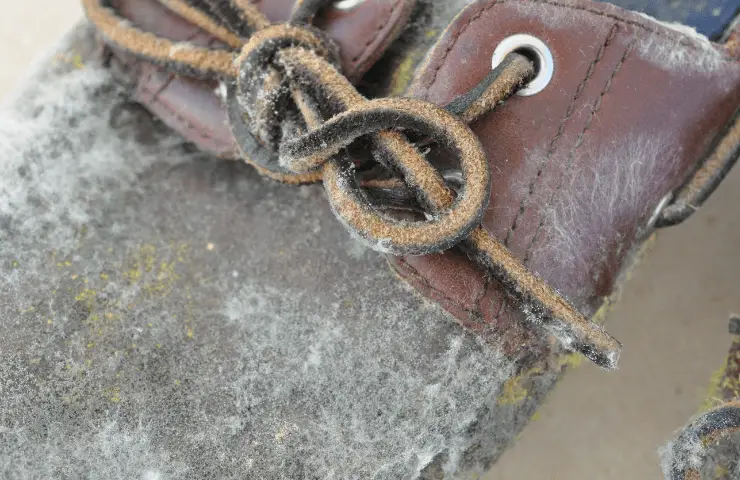
Leather shoes are the most sensitive materials for mold growth as they are non-breathable and do not have perforations or holes. As the leather shoes are not ventilated, there is highly likely that your feet get sweaty in these shoes that increase moisture level in the shoes.
When molds start growing on leather shoes, they are not easily visible. You can view them when they exponentially grow enough to form a sticky layer on the shoes. In such cases, it is impossible to remove mold by mere wiping the surface and soles of the shoes.
Steps to Clean Mold off Leather Shoes
Here the following tips and strategies that you can apply to get mold out of your leather shoes.
1. First of all, choose a clean, dry and well-ventilated area to get mold out of the shoes. Try to follow the below-mentioned steps in an outdoor space as you would not want to contaminate your house and inhale the spores.
2. Use dust (nylon) brush and try to wipe out the layer of loose mold spores from the shoes upper and insole.
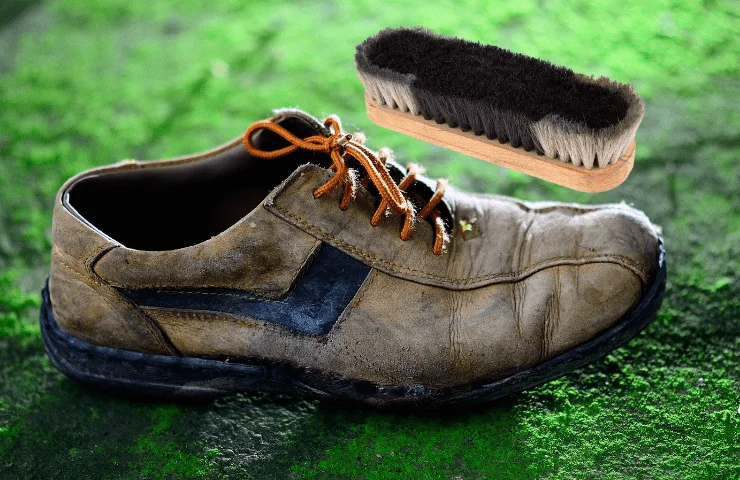
3. Use clean rags to wipe the inside and bottom of the shoes thoroughly.
4. To kill the stinky mold layer on the shoes, use a solution of isopropyl alcohol with cold water.
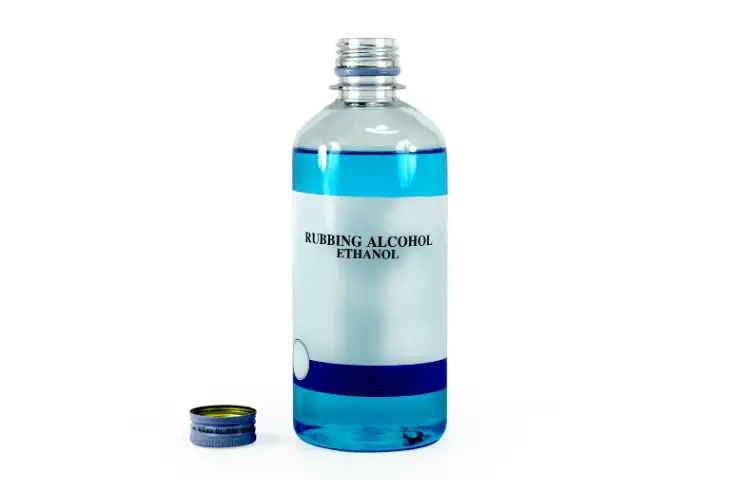
5. Take a clean piece of cloth and dip it in the solution of water and alcohol.
6. Wipe the upper surface and inner of shoes with the cloth, damped with the alcohol solution.
7. Use cotton swaps, saturated with the alcohol solution, to clean the inaccessible areas of the shoes.
8. Keep the shoes in a dry, shaded area and prevent them from direct sunlight as sunlight rays and heat would degrade the alcohol and diminish its effect.
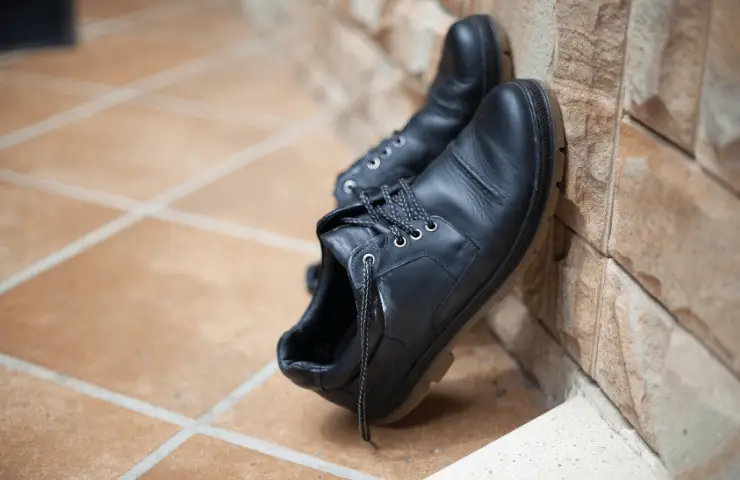
9. At this point, the solution must have killed the molds. To remove the stains of molds from shoes, create a solution of antibacterial detergent or liquid soap with warm water.
10. Take a soft piece of cloth or sponge and soak it in the solution.
11. Gently scrub all areas (upper and inside) of the shoes with that sponge.
12. Again let your shoes air dry.
Protip: Using alcohol can affect the texture of leather, and some cracks can appear that result in decreasing durability of the shoes. For this, you can use a leather conditioner to regain the shiny appearance and durability of the leather.
Note: While drying, stuff the shoes with the newspaper to retain their shape.
How to Remove Mold from Suede Shoes
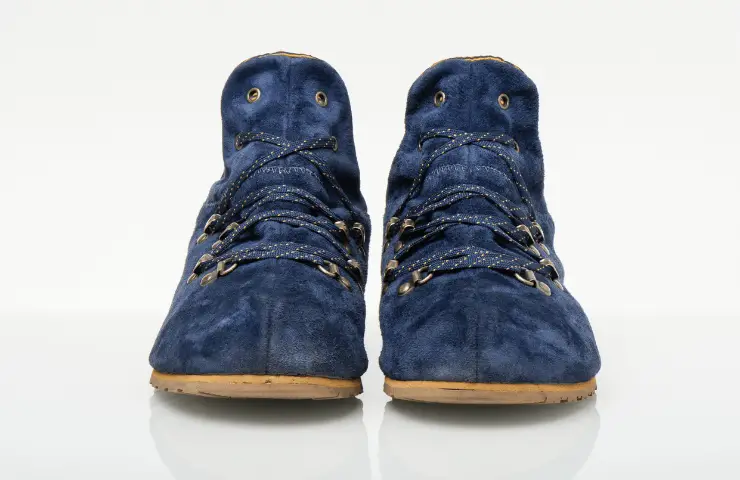
Suede is weaker than traditional leather and has a soft napped surface as it is made from the underside of animal skin. It tends to change color rapidly compared to the leather, when getting mold out of the shoes.
The procedure to clean mold off the shoes is the same as for the leather shoes. The only difference is that you cannot use detergent solution and wash suede shoes like leather. Suede is not naturally waterproof, and washing it with detergent can collapse its shape, damage its appearance and suede will stiffen up like cardboard.
Why Petroleum jelly is used to Remove Molds from Suede Shoes
For suede shoes, the most suitable cleaning agent to get molds out of suede shoes is Vaseline or petroleum jelly. Vaseline has a sticky and greasy nature that works best on soft fuzzy materials like suede and helps clean mold or mildew off the suede shoes.
So, to get mold out of suede shoes, apply petroleum jelly to mold stain areas on your suede shoes.
Steps to get Mold out of Suede Shoes
If the stains are stubborn, following the above method for leather shoes, apply alcohol in the same way on mold areas of your suede shoes.
After cleaning and drying, use a suede brush with a cleaner to retain suede material’s texture. First, brush the shoes in one direction for several strokes, and then brush in the opposite direction by changing pressure.
How to Store Shoes to Prevent Mold
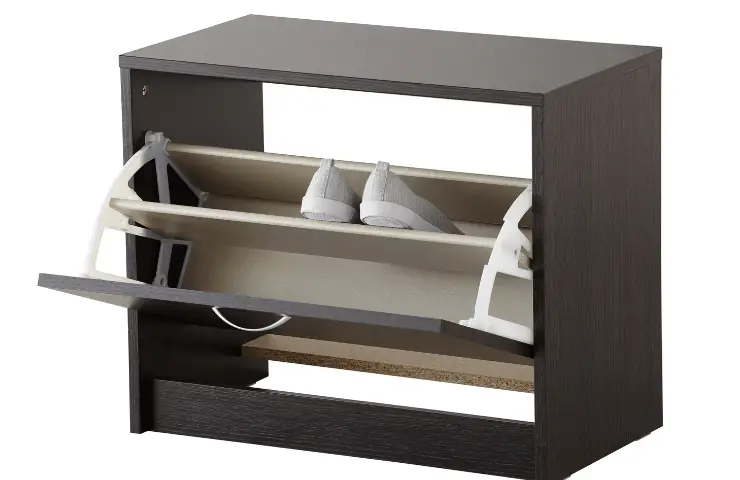
As you know, prevention is better than cure. Here are the following actions you can take for storing your shoes to prevent them from stinky molds.
Using of Silica Gel
Silica gel is a great desiccant as it absorbs moisture and reduces the humidity of the surroundings. Thus, you must have put a small packet of silica gel whenever you are using the shoes while storing them.
Choose a Proper Storage Area
Store the shoes in the area where there is no moisture. You can install a dehumidifier in your house or closer to where you will store the shoes.
If there is an opening in a closet wall, take measures to insulate the opening as the humid air can enter through the opening. If the humidity level is at a suitable level in your home, you must open the shoe cabinet door from time to time for ventilation.
Lastly, please also make sure that there is no leaking pipe adjacent to your shoes cabinet wall.
Clean Shoes before Storing
There is highly likely that you step your shoes on surfaces that are already covered by mold spores. Moreover, after working or walking for whole day, your feet get sweaty and your shoes also get dirty and dusty. The sweat from your feet accumulates in the shoes.
This condition results in favoring the growth of molds on your shoes. Therefore, before storing, clean your shoes with dust or bristled brush and let them dry in fresh air for some time.
Avoid Plastic Bags
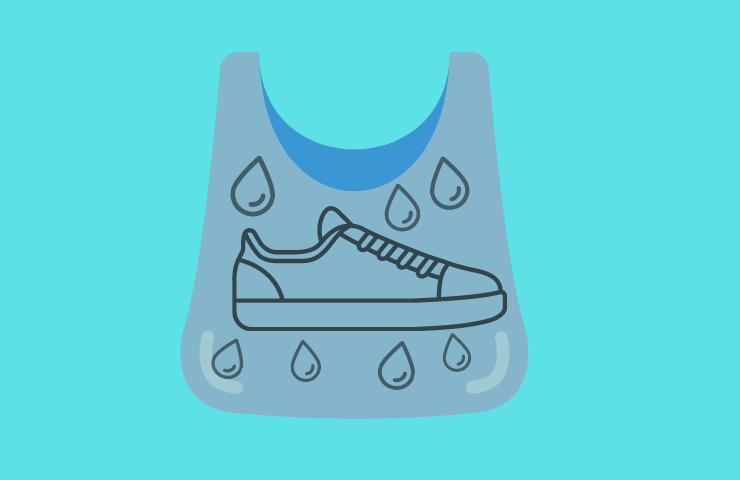
Plastic bags prevent air from circulating and trapping moisture in them. This moisture encourages molds growth, due to which you will find mildews on your shoes after some time.
Install a Light Bulb in Closet
When you store your shoes closer and winter is going on, I would advise you to install a light bulb in the closet. The reason is that the lightbulb releases heat energy that reduces the air’s humidity and makes a favorable environment for storing the shoes.
FAQs
Final Thoughts about Prevention of Shoes from Molds
Hot to get molds out of shoes? I hope this article might have helped you answer all the possible questions roaming in your mind regarding removing molds from shoes. It is important to treat your shoes for removing molds and prevention against them so that your shoes’ quality does not deteriorate and does not affect your health.

